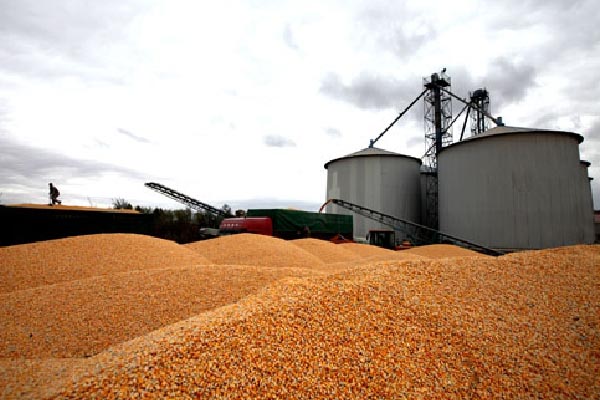How Do Farmers Dry Corn?
In agricultural production, corn, as an essential food crop, plays a crucial role in post-harvest processing and storage. Among these processes, drying corn is particularly significant as it directly impacts the corn’s quality, storage, and transportation safety. In recent years, with the development of agricultural mechanization, corn dryers have gradually become farmers’ preferred tool for drying corn.

Ⅰ.Working Principle of Corn Dryer
Corn dryers are mechanical devices that utilize the principle of hot air convection to evaporate and discharge the moisture in wet corn. By exposing wet corn to hot air, the moisture in the corn is rapidly evaporated, and part of the heat is carried away, resulting in a significant reduction in corn’s humidity, thus achieving the purpose of drying.
Ⅱ.Steps for Drying Corn Using a Corn Dryer
Firstly, freshly harvested corn needs to be processed through a threshing machine for threshing. Then, the corn kernels are fed into the corn dryer’s main chamber through the inlet. Since freshly harvested corn has a high moisture content, it is crucial to control the drying temperature precisely to ensure that the corn is evenly and thoroughly dried.
The entire drying process is mostly automated, requiring only the setting of appropriate temperature and humidity parameters. This allows the hot air to fully contact the wet corn for drying treatment. During the drying process, farmers should regularly check the drying degree of the corn and adjust the drying parameters if necessary. Once the corn reaches the desired drying degree, the dryer is stopped, and the dried corn is discharged from the outlet.
In conclusion, corn dryers, as efficient and uniform corn drying tools, have become an indispensable part of modern agriculture. Farmers should adhere to operational norms and safety precautions when using corn dryers to ensure the quality and safety of the corn.

